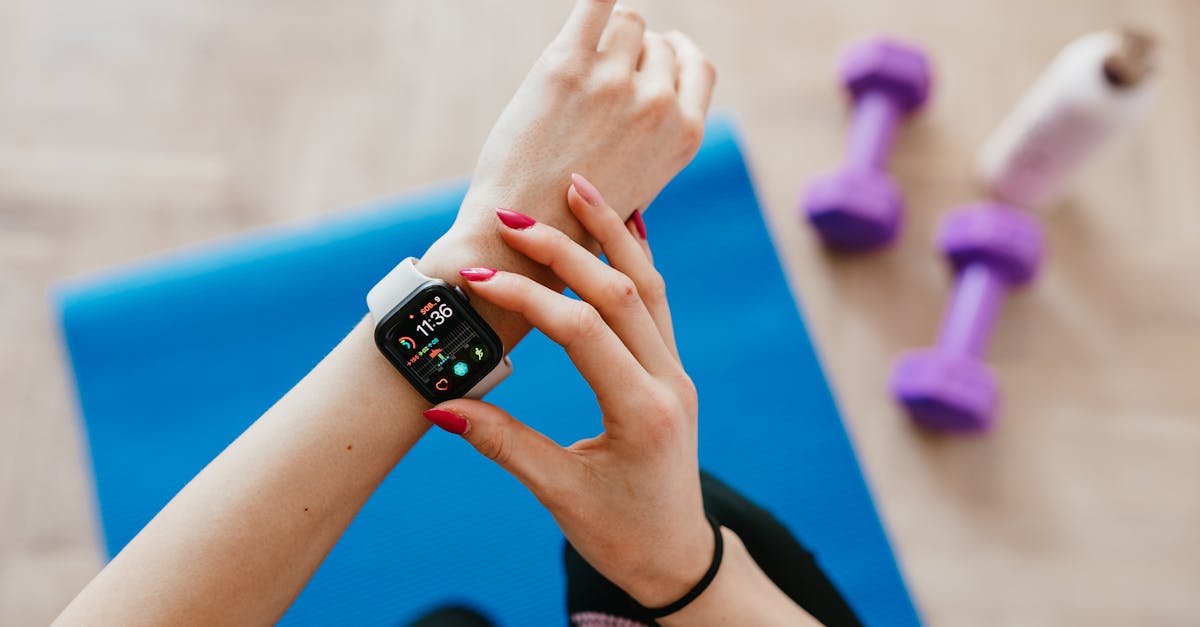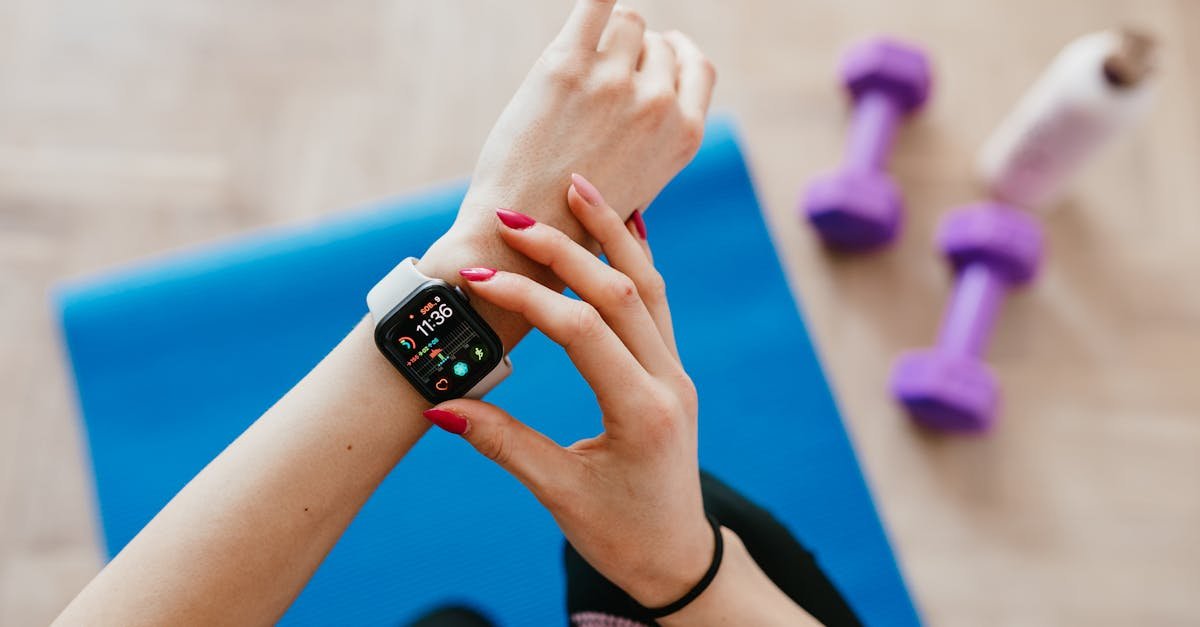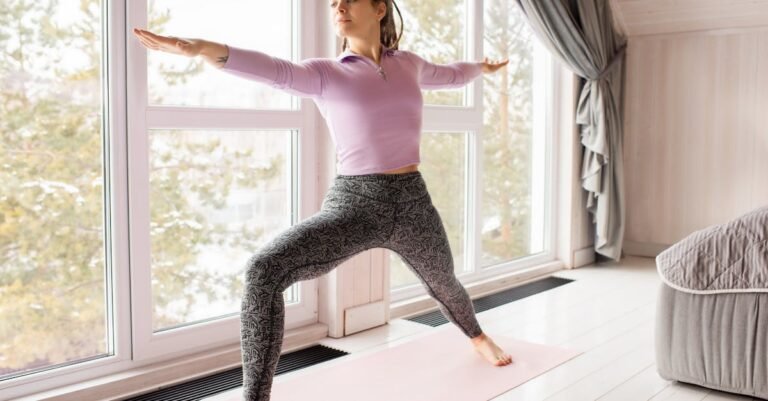Working out at home is awesome, right? No travel time, PJs are acceptable workout gear (sometimes!), and your favorite snacks are just steps away. But let’s be real, it can be tough to know if you’re actually making progress. Are those living room lunges really doing anything? How do you stay motivated when the couch looks so comfy? That’s where wearable tech – think smartwatches and fitness trackers – comes in super handy. Stick around, and we’ll explore how these cool gadgets can be your secret weapon for tracking your fitness journey right from home, helping you see results and keep that motivation engine running strong. You’ll learn exactly what they track and how that info helps you.
What Are We Actually Tracking Here?
Okay, so you’ve got this thing on your wrist. What’s it doing? Most basic fitness trackers count your steps throughout the day. Even just walking around the house adds up! They also usually estimate the calories you burn, which is helpful to get a general idea of your energy output. Another big one is heart rate. Your tracker keeps an eye on your pulse, whether you’re chilling on the sofa or sweating through an online HIIT class. These basics give you a simple snapshot of how active you are, even when you don’t leave the house. It’s like having a little coach keeping tabs on your movement.
Going Beyond Steps: Logging Specific Home Workouts
Counting steps is cool, but what about that killer strength session you did with resistance bands, or the yoga flow you followed on YouTube? Many wearables are smart enough to automatically detect certain activities, or they let you manually log them. Why bother? Because knowing what you did gives you a much clearer picture. Tracking “30 minutes of Strength Training” is way more informative than just seeing a bump in steps or heart rate. It helps the tracker estimate calorie burn more accurately and lets you see how often you’re doing specific types of exercise. Imagine you’re trying to do yoga three times a week – logging it helps you easily see if you hit that goal.
Your Heart Rate: Listening to Your Body
Your heart rate isn’t just a number; it’s like your body whispering (or sometimes shouting!) about how hard it’s working. Wearables often show you different heart rate zones, usually color-coded, like ‘fat burn’, ‘cardio’, and ‘peak’. Seeing which zone you’re in during your home workout is super useful. Maybe you want a chill recovery day, so you aim to keep your heart rate lower. Or maybe you’re doing interval training and want to push into that higher cardio zone during the intense bursts. It helps you tailor your effort without needing fancy gym equipment. It’s like knowing if you’re simmering or boiling!
Sleep: Your Fitness Superpower
Wait, sleep? What’s that got to do with working out? Everything! Good quality sleep is when your muscles repair and rebuild after exercise. It’s also key for having enough energy for your next workout. Many wearables track your sleep – how long you slept, and sometimes even the different stages (light, deep, REM). If you notice you’re consistently getting poor sleep, it might explain why you feel sluggish during your home workouts. Seeing the data can nudge you to maybe hit the hay a bit earlier or create a better bedtime routine. Better sleep often means better fitness gains, even from home.
Keeping it Fun: Goals and Games
Let’s face it, motivation can dip, especially at home. Wearables often have apps that turn fitness into a bit of a game. You can set daily goals for steps, active minutes, or calories burned. Hitting these goals often earns you little badges or congratulatory messages – surprisingly effective! Some apps let you join challenges with friends (even virtual ones), adding a social, competitive element. Think about it like this: maybe you have a goal of 10,000 steps. Seeing you’re at 8,000 might inspire you to dance around the kitchen while making dinner just to hit that target. It adds a layer of fun and accountability.
Seeing the Big Picture: Trends Over Time
One of the coolest things about using wearable tech is seeing how things change over weeks and months. The companion app on your phone usually stores all your data, showing you trends. Is your resting heart rate slowly going down (a sign of improving fitness)? Are you consistently hitting your workout goals? Are you sleeping better than you were last month? Looking at these bigger patterns is awesome for home fitness because progress isn’t always obvious day-to-day. Maybe you don’t *feel* much stronger after two weeks, but the data shows you’re consistently lifting heavier or holding poses longer. It’s proof your hard work is paying off!
So, there you have it! Wearable tech like smartwatches and fitness trackers can be fantastic partners for your home fitness routine. They go way beyond just counting steps, giving you insights into specific workouts, how hard your heart is working, and even how well you’re recovering during sleep. Plus, the goal setting and achievement features can add a much-needed dose of fun and motivation. While they aren’t magic, they provide valuable information that helps you understand your body better, see your progress over time, and stay committed to your goals, all from the comfort of your own home. They empower you to take control and make your home workouts count.










